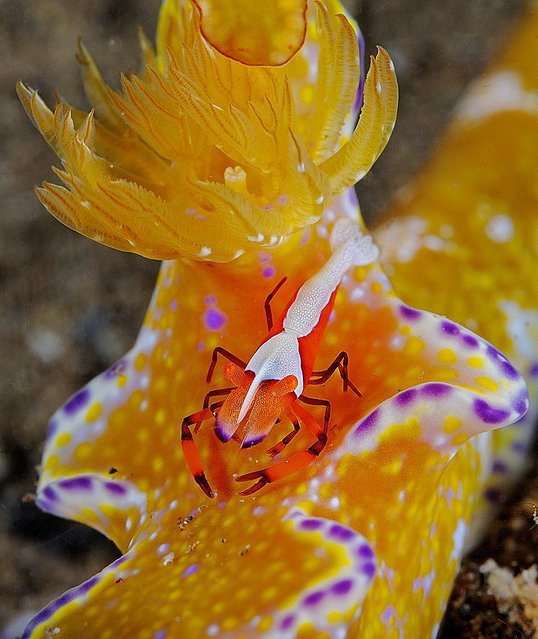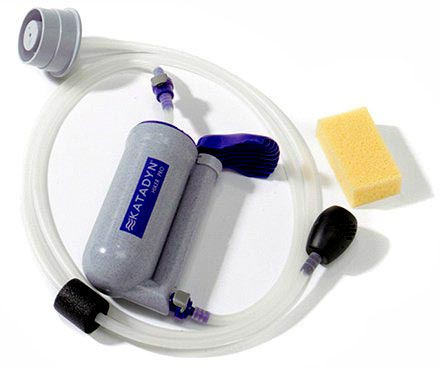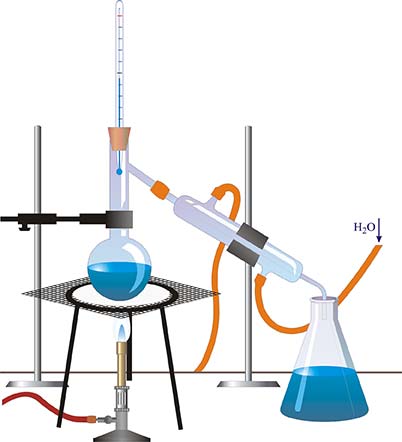I’m born in Russia in a village on the coast of the Sea of Japan. The sea itself that always catches the attention of divers and underwater photographers from all over the Soviet Union.
I started with underwater photography recently, in 1998, with a simple underwater “boom box” “Canon” and “Epic”. Then a “Nikonos-5”, complete with wide-angle and close-up. Read more






